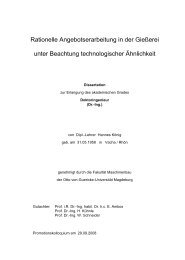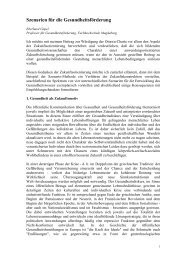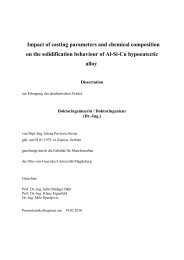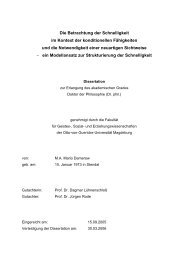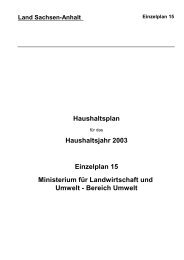Chapter 1
Chapter 1
Chapter 1
You also want an ePaper? Increase the reach of your titles
YUMPU automatically turns print PDFs into web optimized ePapers that Google loves.
Bask education tional school facilities are under construction to expand<br />
physical access which the Bank is supporting under the<br />
The Government has made a minimum of nine years edu- Secondary Education Project. Pedagogical retraining efforts<br />
cation compulsory-according to each student's ability. need to (1) show teachers how to bring children along who<br />
Quality education is available at all levels, but the system is are having difficulties and (2) make teachers accountable for<br />
highly selective. Consequently, drop out/failure rates are a each student's success. The Government should also take<br />
serious problem. The Eighth Plan's Education Reform advantage of advances in education technology to improve<br />
Program is trying to increase primary level completion rates the way knowledge is transmitted. Even though<br />
significantly for all Tunisian children for primary grades 1-6 Government expenditures on primary education are high<br />
and lower secondary (defined as upper primary under the (41 percent of total recurrent expenditures compared to 59<br />
Reform Program) grades 7-9. Grades 7-9 are important, percent for secondary/tertiary education), higher levels of<br />
because children begin more advanced math skills and in public funding needs to be allocated to basic education to<br />
some cases another language-in addition to Arabic and achieve these objectives. A solid primary education base<br />
French. Considerable progress has been achieved in increas- (years 1-9) provides the cognitive, language, and analytical<br />
ing completion rates through grade 6, but the current level skills to improve employment and earning opportunities for<br />
of drop-outs between grades 6 and 7 pose a major challenge<br />
for the Government (table 2.6).<br />
young people.<br />
High drop-out/failure rates are due to: (1) the traditional<br />
dual role of teachers as educators and quality-controllers,<br />
Vocational training<br />
ensuring that only the best students pass to the next class; The Government recognizes vocational training needs to<br />
(2) higher completion rates through grade 6 puts pressure respond to the continual training and retraining needs of<br />
on the physical capacity (schools, teachers, materials) for today's work force and should not be used as a means of<br />
grades 7-9 which also encourages selectivity (the occupying unemployed youth. At the same time, the<br />
Government is addressing this constraint through its invest- Government is confronted with large numbers of students<br />
ment program); and (3) parents, particularly from poorer that have not been able to complete the basic education<br />
families, who are not convinced that school is as important stream (see above). The Government is using vocational<br />
as alternative uses of the student's time and the families' training to serve two functions: (1) to upgrade the minimum<br />
resources. The Government is trying to convince parents skills of those who have not completed the basic education<br />
and teachers that all children must enroll and complete a stream and (2) to improve the quality of professional skill<br />
minimum of nine years of basic education by making it com- training, retraining, and technical upgrading of the labor<br />
pulsory for those who have the capability. force through a more market driven approach. To achieve<br />
As of 1993, the national exam at the end of grade 6 was the first objective, it would be more cost efficient to reduce<br />
replaced with school-based exams under provincial (and less drop-outs and keep these students in the basic stream rather<br />
selective) control. Teacher qualifications and curriculum than use costly vocational training for students that are not<br />
development for grades 7-9 are being upgraded and addi- even equipped with the basic education needed to make<br />
TABLE 2.6<br />
good use of this training. Regarding the second objective,<br />
the Ministry of Vocational Training and Employment is try-<br />
General education attainment rates, 1992 ing to improve the quality and commercial relevance of<br />
Lwl of schooling<br />
Number of<br />
students<br />
vocational training by using part-time teachers from the<br />
business community and by having businessmen well-rep-<br />
Begin grade I 100 resented on the schools' boards, guiding the curriculum.<br />
Readc grade 6<br />
Complete grade 6<br />
Begin grade 7<br />
78<br />
62<br />
32<br />
The more successful government-assisted professional<br />
training programs generally use a combination of tax incen-<br />
Complete grade 13 23 tives to encourage private firns to offer training and voucher<br />
Obtain baccalaureate 5 schemes, whereby individuals can use government-issued<br />
Source: Prst-Bozc Educio 1994. vouchers to select appropriate training in the private sector<br />
ROLE OF THE STATE IN THE ECONOMY 21








